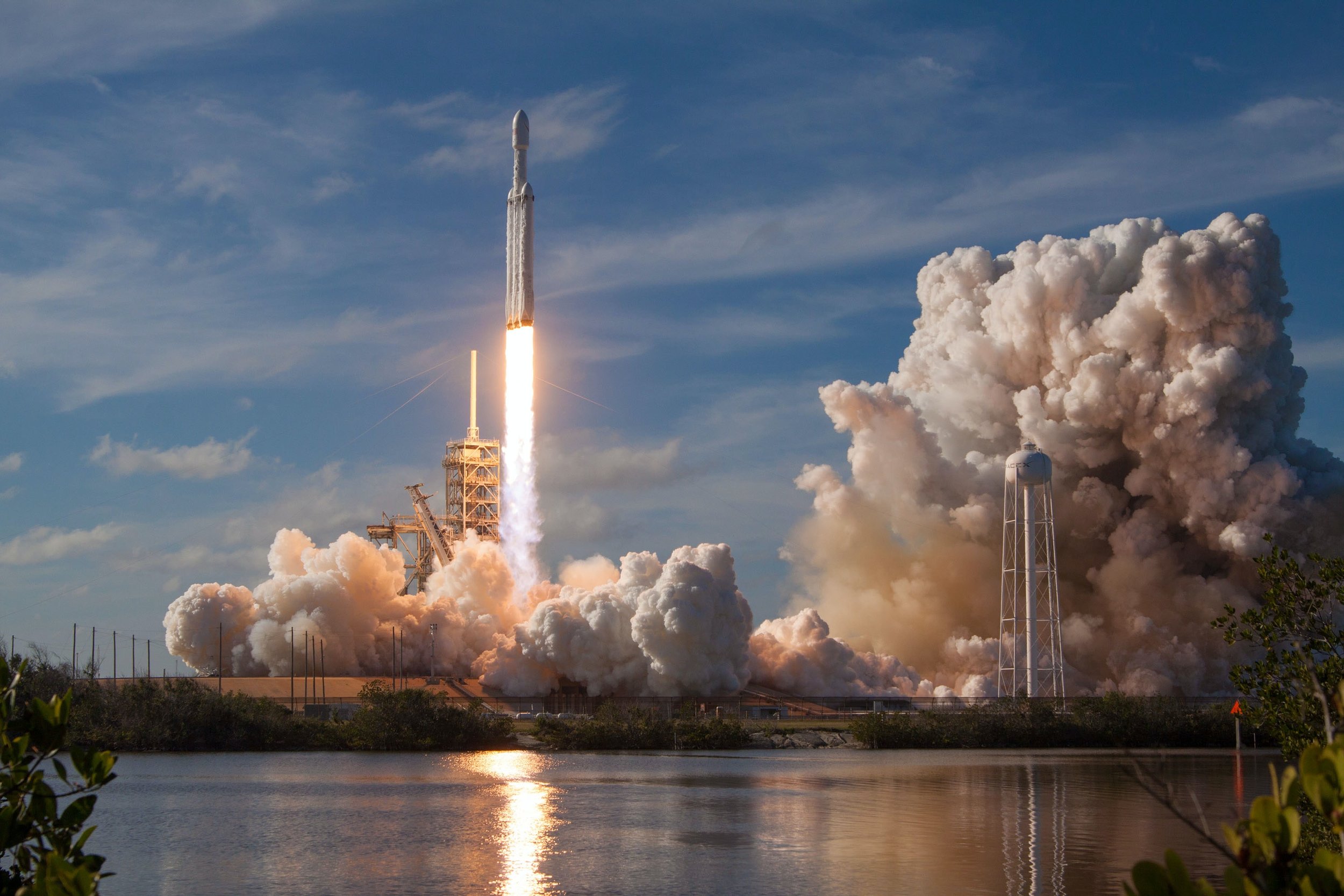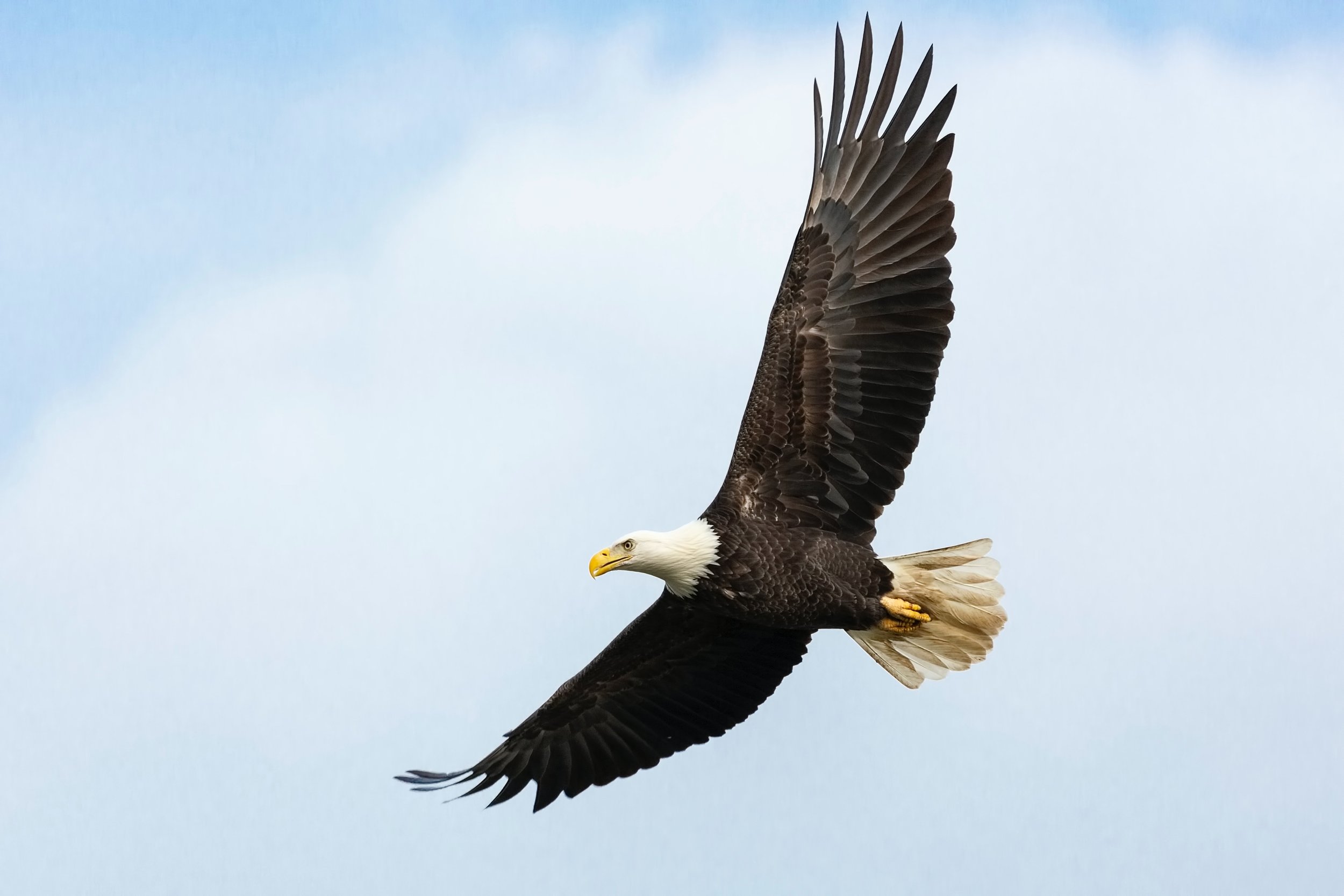The History of Flight and the Pioneers of Aviation
History
The history of flight is a long and fascinating one, filled with many pioneers and innovators who pushed the boundaries of what was thought to be possible.
Humans have always had a fascination with the idea of taking to the skies, and over the centuries, we have seen many attempts to create flying machines.
The Beginning
One of the earliest known attempts at flight was made by the ancient Greeks, who built a device known as the "winged chariot."
This machine was said to have been able to fly short distances, but it was not very practical and did not lead to any further developments.
Breakthrough
The first real breakthrough in flight came in the 18th century with the work of a man named Sir George Cayley.
Cayley is often referred to as the "father of aviation" because he was the first person to understand the principles of lift and drag, which are essential to the design of modern aircraft. He also built several gliders and conducted extensive research into the mechanics of flight.
Pioneers
Another important pioneer in the field of aviation was the Wright brothers, Orville and Wilbur.
In 1903, they successfully flew the first powered airplane, the Wright Flyer. This was a major milestone in the history of flight, and it paved the way for the development of the modern aviation industry.
Other Contributors
In the years that followed, many other innovators and inventors made significant contributions to the field of aviation.
These included Igor Sikorsky, who designed the first successful helicopter, and Chuck Yeager, who was the first person to break the sound barrier in 1947.
Today, the field of aviation continues to evolve and advance, with new technologies and designs constantly being developed. From the earliest attempts at flight to the modern airliners that criss-cross the skies, the history of flight is a story of human ingenuity and perseverance.
Click here to begin your own flight history!
BLUE SKIES,
Jack Parrish, CFI, CFII, MEI, ATP






